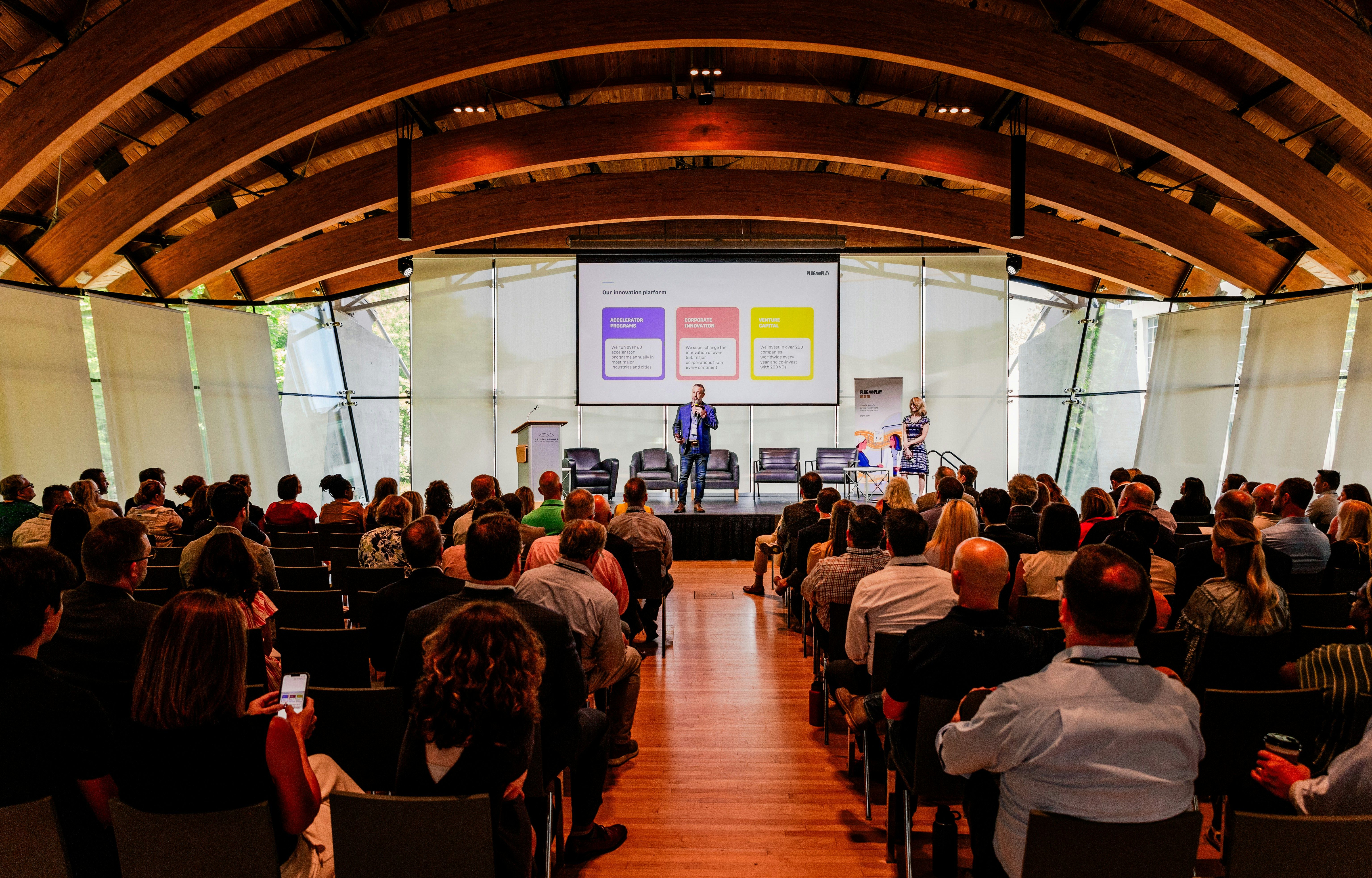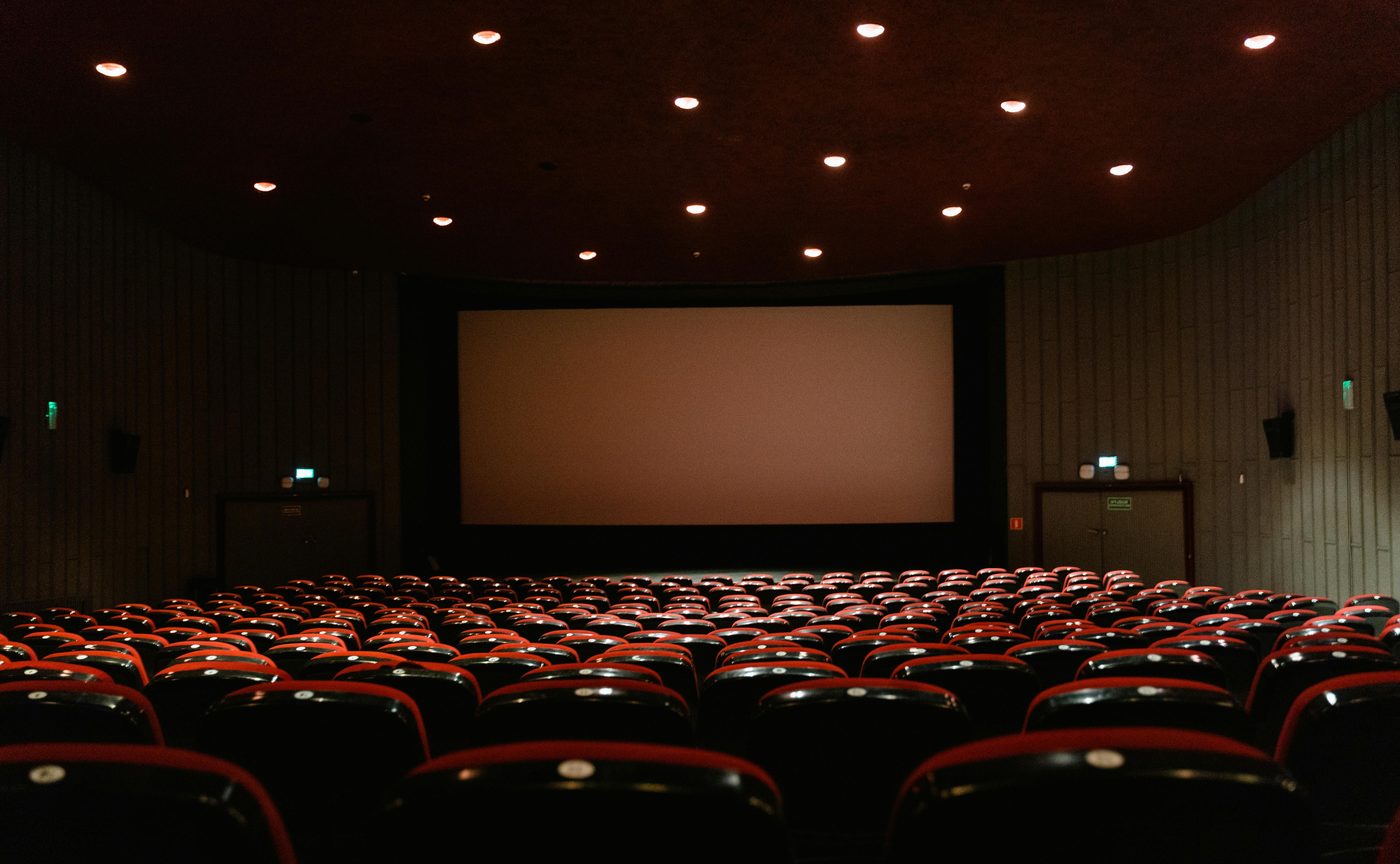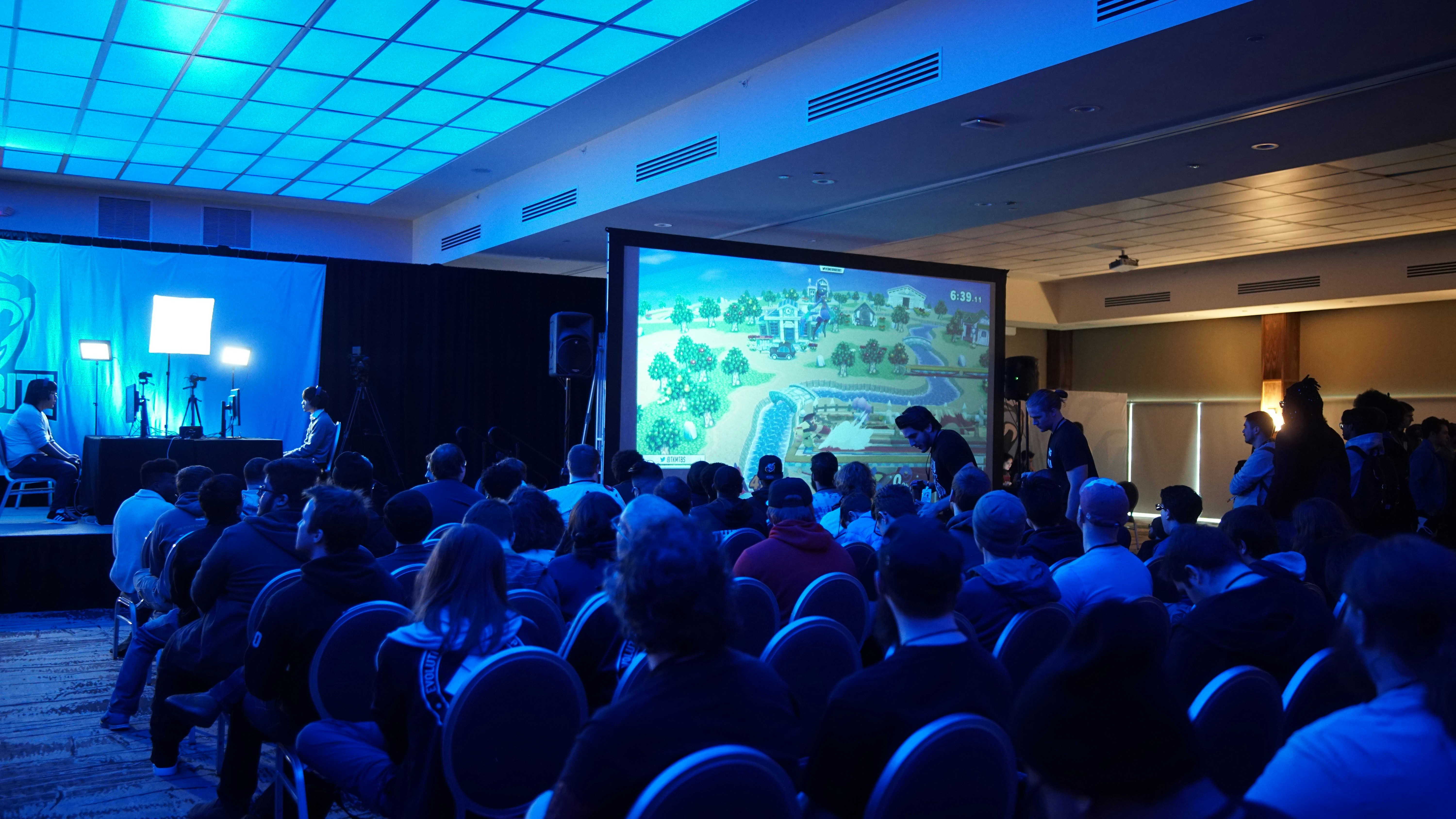Lighting Design Aesthetics in Japanese Venues
Author
Shun
Date Published

Lighting in Japan is not just technical design; it is an extension of cultural aesthetics that shape atmosphere, emotion, and respect for space. From hotel ballrooms in Tokyo to modern convention halls in Kyoto, light is treated as a silent host meant to complement, not dominate. Many international planners accustomed to bright, saturated show lighting find Japanese venues more restrained, favoring harmony, soft contrast, and clarity over spectacle.
This guide explains how to design lighting plans that align with Japanese visual sensibilities, manage rigging constraints, and select equipment vendors who understand the balance between precision, safety, and style.
Color Temperature and Visual Harmony
Japanese interiors emphasize natural warmth and soft gradients. The standard color temperature for hospitality spaces is around 3000K to 3500K, producing a calm, amber tone that enhances skin color and wood textures. Bright white or cold blue light, common in Western trade events, often feels harsh in local contexts and can wash out traditional décor or floral arrangements.
When designing your lighting plan, coordinate color temperature with venue materials, especially tatami, lacquered surfaces, or wood-paneled walls. Neutral warm tones help maintain balance and visual comfort. For stage lighting, Japanese clients prefer color precision over intensity, so request equipment with high CRI (Color Rendering Index) values above 90.
Mini Checklist
- Use warm to neutral tones between 3000K and 4000K for general illumination
- Avoid mixed temperature zones unless deliberate for creative purpose
- Match lighting color to venue material palette such as wood, stone, or metal
- Calibrate camera and lighting color balance during rehearsals for media consistency
Clause Example:
All lighting installations shall conform to the venue’s ambient color temperature range and ensure color rendering consistency across all visual elements to maintain aesthetic harmony.
In venues such as The Okura Tokyo or Kyoto International Conference Center, light transitions are subtle and fluid, emphasizing comfort over contrast. Replicating this restraint communicates professionalism and cultural awareness.

Venue Rigging and Structural Compliance
Japanese venues enforce strict rigging policies due to seismic safety regulations and low ceiling tolerances. Unlike Western exhibition centers, many ballrooms and conference halls require preapproved rigging diagrams, load calculations, and safety certifications from licensed engineers.
Before submitting your lighting plan, confirm rigging points with the venue’s technical department. Most Japanese facilities, including Tokyo International Forum, have fixed load-bearing grids with defined maximum weights, typically between 250 and 500 kilograms per point. Temporary trusses must be certified under the Building Standards Law and inspected by venue safety officers.
Mini Checklist
- Submit rigging drawings and load charts at least one month before setup
- Hire local licensed riggers familiar with Japanese certification systems
- Confirm weight limits and ceiling access with venue engineers
- Include insurance documents and inspection records for all suspended equipment
Clause Example:
All rigging installations and lighting fixtures shall comply with the venue’s approved load certifications and be verified by licensed Japanese rigging personnel prior to use.
Engaging a Japanese technical vendor early avoids last-minute load adjustments and ensures compliance with fire and building safety codes.

Cultural Aesthetics and Light Behavior
Japanese lighting design is rooted in the cultural principles of ma (space and pause) and wabi-sabi (elegant simplicity). Light should reveal, not overwhelm. It is used to define boundaries, accentuate textures, and create quiet transitions between activities. At formal dinners or ceremonies, lighting intensity gradually decreases as speeches begin, symbolizing attentiveness.
A good example is Tokyo International Forum, where lighting operators coordinate scene transitions in near silence. During conferences, house lights dim slowly while spotlights on stage adjust in half steps rather than abrupt fades. This subtle pacing aligns with Japan’s visual rhythm and prevents distraction. Even in product launches, brands such as Lexus and Sony use gradual tonal shifts instead of sharp color flashes to preserve composure and elegance.
Mini Checklist
- Use indirect or reflected lighting for reception and networking areas
- Dim levels progressively during speeches or performances
- Avoid flashing effects, aggressive strobes, or color shifts during meals
- Highlight natural textures like wood, paper, or textile through side lighting
Clause Example:
The event lighting plan shall respect Japanese aesthetic principles of balance, subtlety, and spatial rhythm, ensuring transitions remain smooth and culturally appropriate.
Observe how local designers employ layered lighting instead of single-source brightness. It is this orchestration of restraint that creates visual depth and serenity.

Equipment Vendors and Local Collaboration
Japan’s event lighting industry is structured around trusted regional vendors who specialize in both safety compliance and aesthetic detail. Major suppliers such as Hibino, Audio-Technica, and Creative Stage Tokyo provide certified lighting engineers and bilingual project coordinators for international events. Using local vendors ensures proper voltage adaptation, emergency procedures, and fixture compatibility.
When choosing suppliers, prioritize those listed in the Japan Convention Bureau’s MICE vendor directory or recommended by the venue’s production office. Local teams are familiar with cultural expectations such as modest color palettes, audience comfort, and prompt post-event removal.
Mini Checklist
- Source equipment from vendors certified under Japan Lighting Engineers Association standards
- Request bilingual operators for stage and control room coordination
- Verify that rental gear meets Japanese power specifications (100V, 50/60Hz)
- Include post-event cleanup schedules in your operations plan
Clause Example:
All lighting vendors and operators shall be registered with recognized Japanese technical associations and provide bilingual supervision to ensure safe and culturally aligned execution.
Working with Japanese lighting partners not only streamlines logistics but also adds the refined touch that distinguishes well-balanced local productions from overlit foreign setups.
FAQs
1. Why do Japanese venues prefer warmer lighting?
It complements the natural materials used in interiors and enhances the comfort level of guests, aligning with traditional aesthetics.
2. Are independent rigging contractors allowed in Japan?
Yes, but they must hold venue-specific certification and comply with Japanese seismic and fire safety regulations.
3. Can we use dynamic lighting for corporate shows?
Yes, but transitions must remain smooth, avoiding sudden color changes or flashing effects that disrupt ambience.
4. How do I find bilingual lighting technicians?
Use the JNTO MICE vendor directory or contact the venue’s preferred technical partner list for bilingual engineers.
5. Do Japanese venues allow custom light fixtures?
Usually yes, but they must pass the venue’s pre-inspection for weight, wiring, and heat output before installation.
Conclusion
Lighting design in Japan demands both artistic and cultural fluency. By harmonizing color temperature, adhering to rigging regulations, embracing aesthetic restraint, and collaborating with certified local vendors, planners can create lighting environments that resonate with Japanese sensibilities while delivering international standards.
Respect for subtlety and structure transforms lighting from a utility into an art of atmosphere. To access venue-approved rigging templates, bilingual vendor lists, and sample lighting briefs, connect with us for a complete event production toolkit.